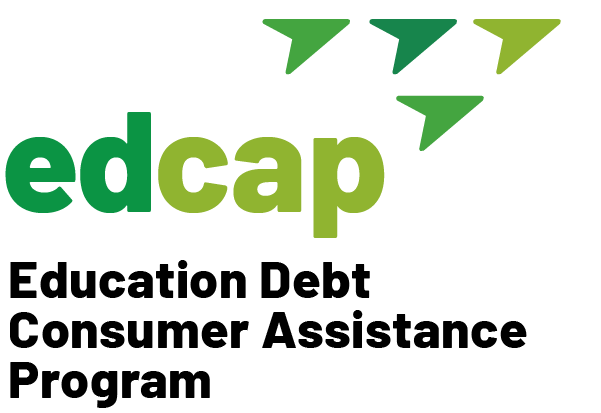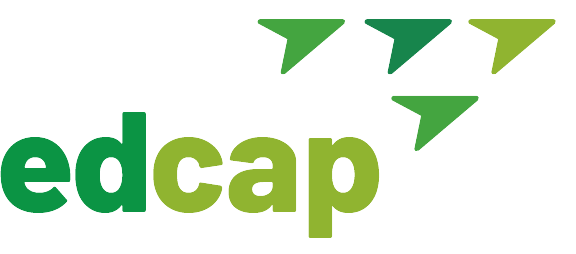10 Things You Need to Know:
1. Understanding the grace period and what happens if you miss payments.
Your loans enter repayment six months after you finish school, drop your enrollment below half-time or withdraw. These six months are referred to as your “grace period” and payment is not required. Your servicers will notify you of when your first payment is due at least 21 days in advance. Don’t ignore your correspondence and make sure Federal Student Aid and your servicer have updated contact information.
If you are delinquent on your monthly student loan payments for 90 days, it will harm your credit score, potentially making it more difficult to get approval to rent an apartment, obtain credit cards, home or car loans, sign up for utilities, get insurance, or enroll in a cell phone plan. If you’re delinquent for 270 days, your loans will go into default and your wages can be garnished, your tax refunds can be intercepted and social security, or disability benefits can be offset. You may also incur additional court costs, collection fees, or attorney’s fees.
2. The role of your student loan servicer.
Your loans have been assigned to a student loan servicer. Your servicer is not your lender. The U.S. Department of Education is your lender if you have Direct loans, and they pay your servicer to manage your account and collect payments. Your servicer is a resource but not your friend. They generally do not have the time to properly counsel you on your options based on your specific circumstances. As a result, you want to do some research to explore your repayment options before calling them. If you haven’t already, find out who your servicer is, create an account, and review your information.
If you have more than one federal student loan servicer, seek advice. Consolidation may be appropriate and can reduce the number of servicers you have to only one.
3. The default standard repayment plan:
If you are entering repayment for the first time, your loans will likely be placed in the 10-year standard fixed repayment plan. Don’t panic if the monthly amount is high and you can’t afford it. You can switch repayment plans at any time. If you are enrolling in an Income Driven Repayment plan, you can do the application yourself through studentaid.gov. If you cannot afford an Income Driven Repayment plan or choose to enroll in a traditional plan, you will need to call your servicer.
Refer to our Repayment Strategies & Plans page to explore your options.
ALERT: Please be advised that the SAVE IDR plan is temporarily blocked by a court order. Learn more.
4. If you don’t have a job and can’t make monthly payments, you still have repayment plan options and may benefit from enrolling in a repayment plan.
If you don’t have a job or have low income, consider enrolling in an Income Driven Repayment plan. These plans are based on your income and household size. This means that if you have zero or little income, your monthly payment can be as low as $0, your loans will still be in good standing, and you may earn credit towards eventual forgiveness. Typically, an IDR plan bases your payment on your last year’s taxes–Line 11 (Adjusted Gross Income) of your 1040.
Caution: The alert from step 3 applies here as well.
5. A cautionary tale about forbearance and deferments.
Traditional forbearances and deferments are meant to help borrowers suspend payments when they are struggling financially. These are temporary measures and should be used sparingly, for example, if you are switching jobs and need a 1–2-month reprieve. The problem is that many borrowers spend months and years in forbearance or deferment only to see their total loan balance increase to unmanageable levels and they make no progress towards forgiveness programs. Don’t make this mistake. If your income is very low or non-existent, you are likely to find an affordable Income Driven Repayment plan. Enroll in that plan before taking a forbearance or deferment.
6. Don’t ignore servicer correspondence.
If you signed up for electronic correspondence, be sure you are getting emails from your servicer and FSA. Emails will usually contain a hyperlink or ask you to check your account inbox to read important information like a notice. Follow through and read what they have sent you. Many borrowers fall into delinquency and default because they’ve failed to read their correspondence and take the necessary action steps.
7. Federal student loans do not have a statute of limitations.
There is technically no reason why you should default on your federal student loans given the various repayment and forgiveness options. But if you do, get help to get out of default and know that unlike regular consumer debt (such as credit card debt), federal student loans have no statute of limitations. This means the federal government has the power to impose involuntary collections on these loans until you die. They can administratively—without taking you to court—garnish your wages, intercept your tax refunds, and offset part of your social security retirement.
8. Develop a strategy.
The biggest mistake borrowers make is to enter student loan repayment without having a strategy to tackle their debt. While it is intuitive to think that repaying your loans in full is the strategy, that may not always be realistic, especially if you have a high loan balance compared to your income.
Refer to our Repayment Strategies & Plans page to explore your options or use our self-guided tool to determine your strategy.
If you are entering repayment for the first time and live in New York State, we highly encourage you to schedule a one-on-one counseling session with an EDCAP counselor. Contact us today!
9. If you are pursuing a forgiveness program, track your progress.
For over a decade borrowers had assumed they were making progress towards a forgiveness program only to find out they did not meet a specific program requirement, or they had been given wrong information about their eligibility. The federal government has made improvements and borrowers should be able to track their progress towards Public Service Loan Forgiveness (PSLF). Make sure you meet the program requirements and, as soon as possible, submit any paperwork required. Borrowers pursuing PSLF can track their progress on their studentaid.gov account.
10. Hold your student loan servicer accountable.
If you are not getting the help you need or you are provided wrong information or advice by your student loan servicer, submit a complaint. You want to address any issues and potential wrongdoing as soon as you experience an issue to try and resolve it before too much time lapses.
What’s next?
Refer to our Repayment Strategies & Plans page to explore your options or use our self-guided tool to determine your strategy.








